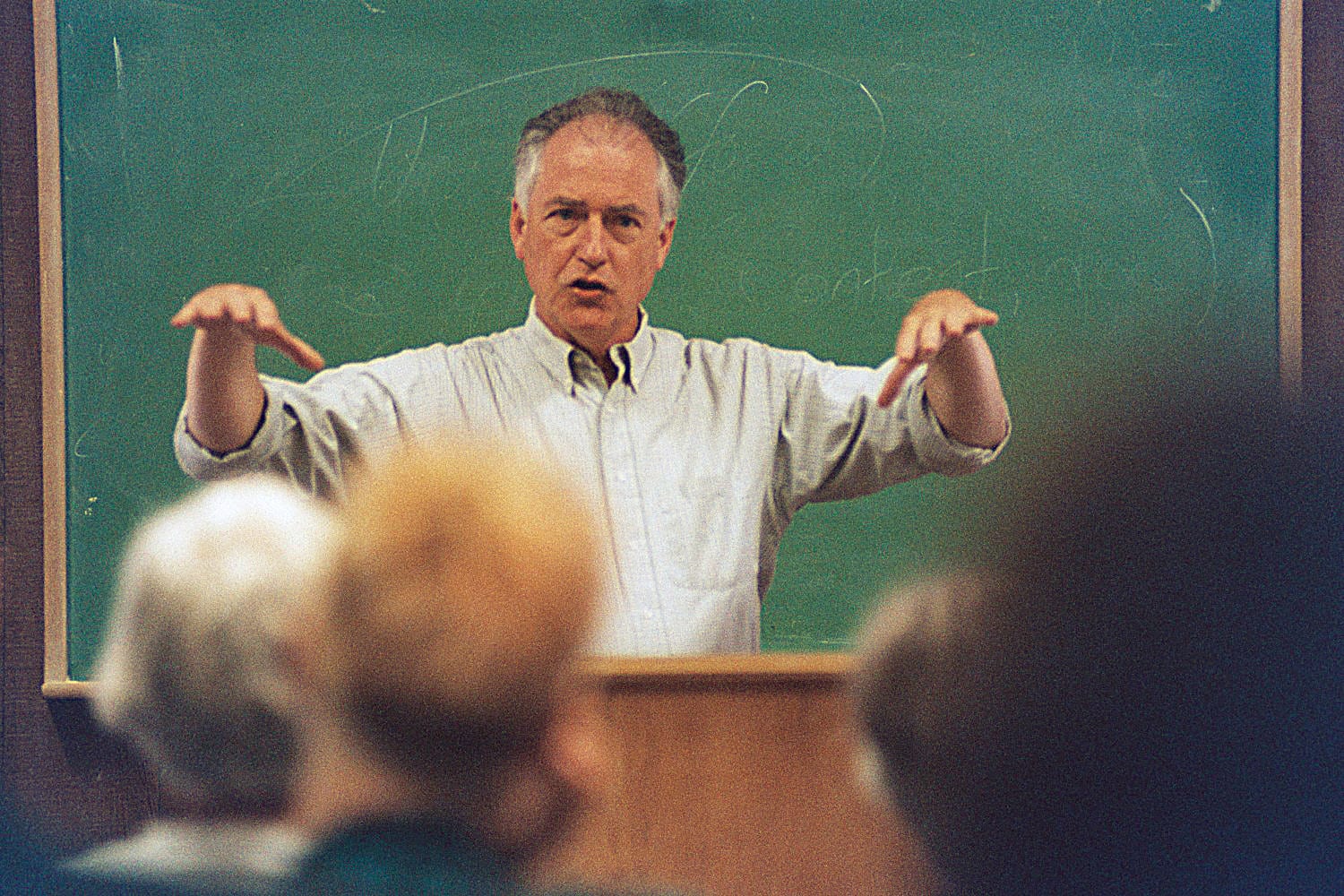There’s never been that much of separation between teaching and research for me. Many of my best ideas have first come to me in a classroom. A number of my books spring from pedagogical initiatives aimed at improving my courses. The classroom has always been a laboratory for trying out new ideas and approaches.
Here are some examples of places where teaching and research came together for me. Let’s start with my principle teaching area: the Middle East and North Africa. I taught versions the modern Middle East history survey course (Muhammad to the present) more than twenty times over the course of my career.
About 10 years along, I became increasingly critical of how the textbook’s emphasis on political history gave students a superficial sense of mastery.
I decided that if students were introduced to the complexity of ordinary people’s lives, they would be less inclined to cling to the sort of big generalizations on which the survey was based.
I began to invite Middle East studies colleagues to contribute portraits of individuals they’d come across in their researches. Such were the origins of one my favorite books–Struggle and Survival in the Modern Middle East (California, 1993.) It brought together the social biographies of twenty-four Middle Eastern men and women from the 1840s to the 1980s, and covered the region from Morocco to Afghanistan. A second edition including six new biographies was published in 2006, co-edited with David Yaghoubian.
Over my career I also taught history of Islamic civilization many times. The textbook reflected the state of the field at the time, which meant that it presented a basically Arab and Sunni view of Islam, but omitted most of the history of Islam outside the Nile to Oxus region, including Central and South Asia, the Maghreb, and Africa. As a testimony to its modern bias, it had little to say about the period from 945 to 1500, viewed as the Islamic dark ages.
Thanks to an anthropologist colleague, I was introduced to the work of Marshall Hodgson, whose 3 volume The Venture of Islam: Conscience and History in a World Civilization was then in production with The University of Chicago Press.
It was a revelation. Its first chapter, “The World Before Islam,” set the history of Islam in a global context (rather than merely an Arabian one). At one stroke the history of Islamic civilization was inserted into world history. I decided then and there to teach Hodgson’s approach.
Now seriously hooked on Hodgson, I was invited to review the three volumes of Venture for the International Journal of Middle Eastern Studies. In the process of so doing Hodgson made me a world historian as well as a more confidant Islamic historian.
Under the title Rethinking World History I published Hodgson’s key texts for Cambridge University Press (1993). This was just the beginning of a lifelong interest in him and his work. My most recent book Islam and World History: The Ventures of Marshall Hodgson (Chicago, 2018) demonstrates the hold he still has on me. I’d like to think that a generation of scholars have had their ideas about Islam fundamentally changed through an encounter with Hodgson’s ideas.
My book on the Environment and World History (2006) began as a UCSC graduate student/faculty research group, which in turn led to a National Endowment for the Humanities summer seminar for College Teachers.
Finally, my numerous essays on modern Mediterranean history led to my post-9/11 search for a de-familiarizing world historical context in which to locate modern Middle East history.
In retrospect I think that the melding of my teaching and research derives from my habit of seeing student questions, especially the most unguarded ones, as opportunities to temporarily suspend the rules and think outside the box. The habit of world historical thinking provides the rest.

